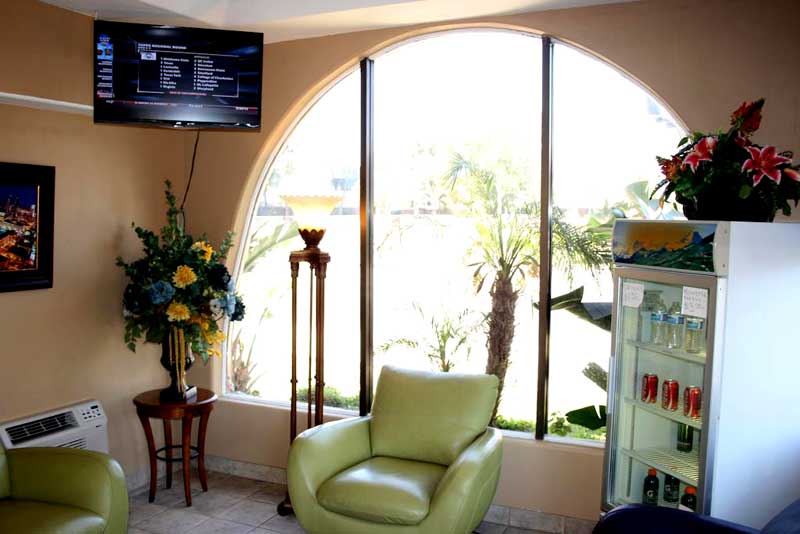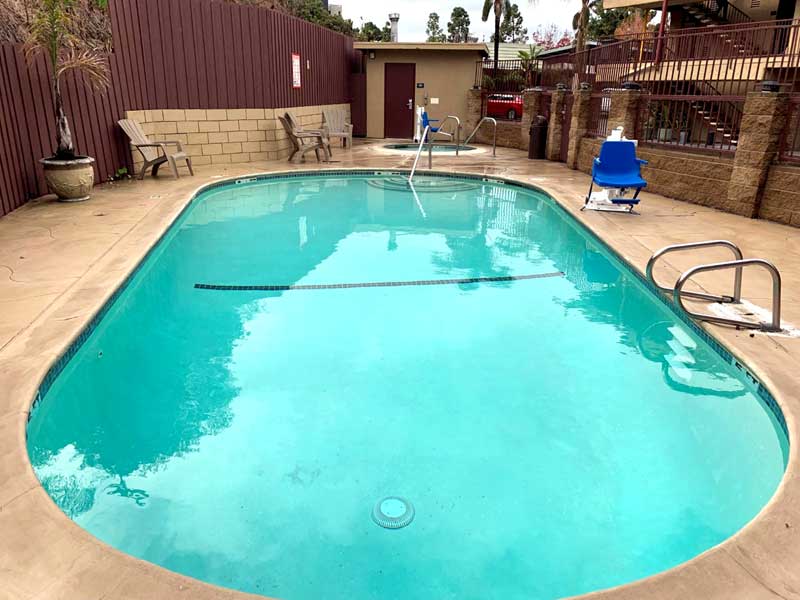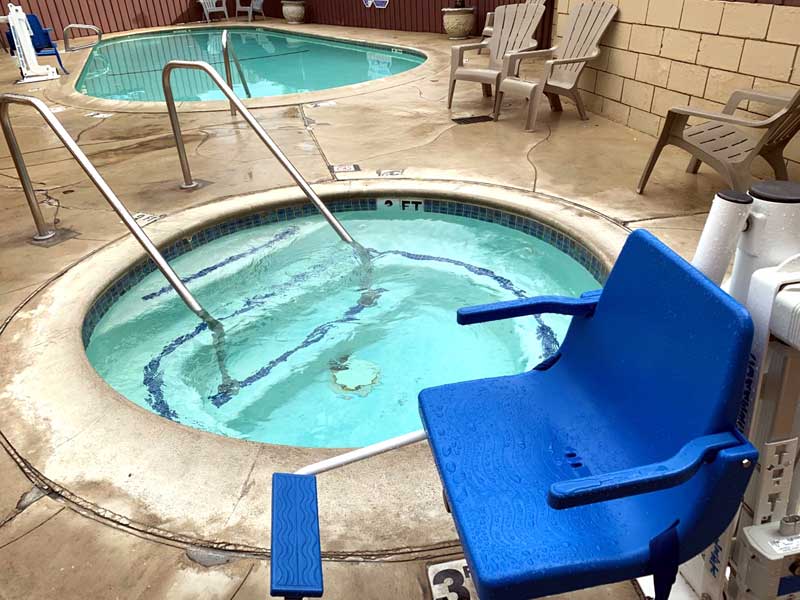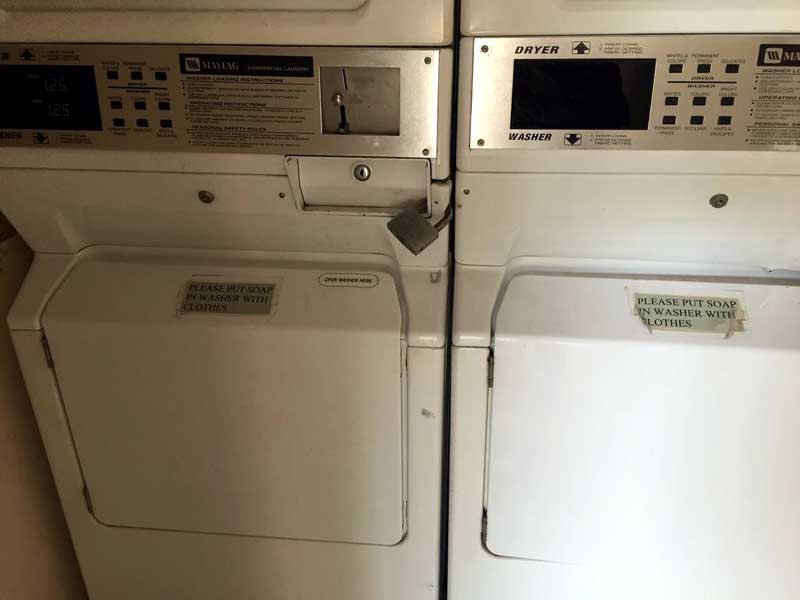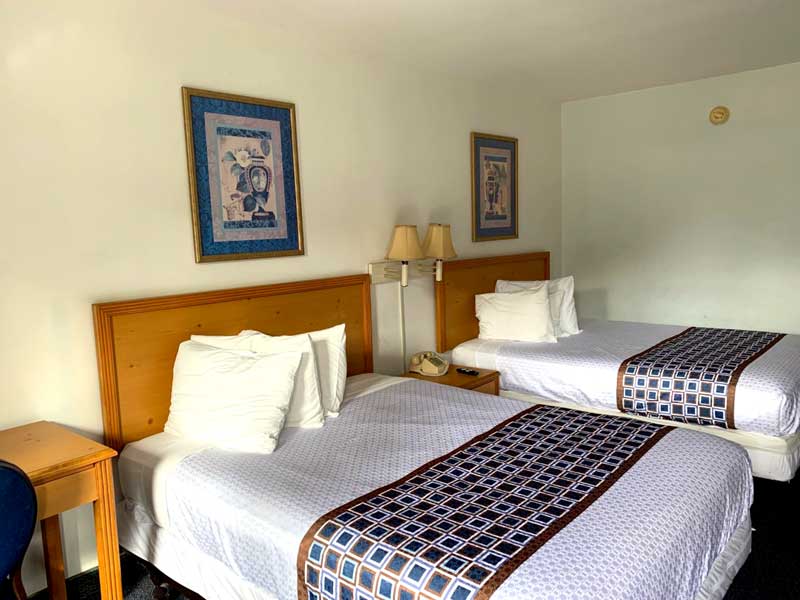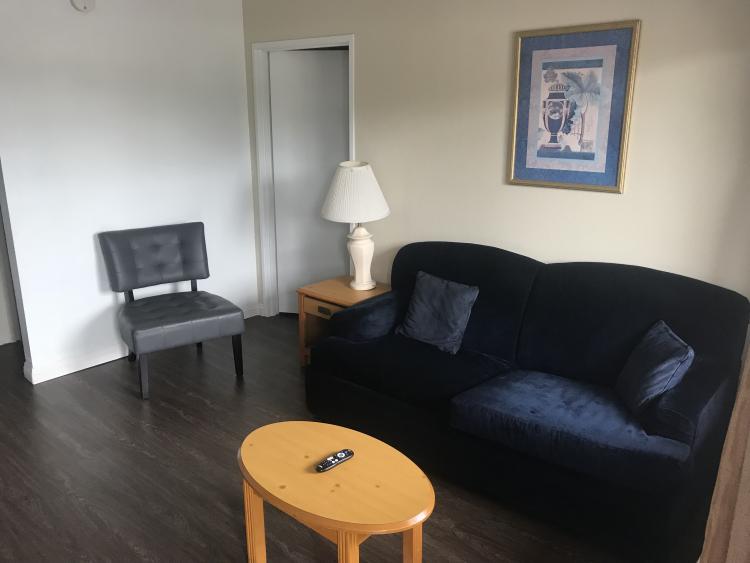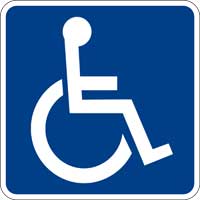San Diego State University is the oldest higher education institution in San Diego.
Since its founding in 1897, the university has grown to become a leading public research university. Each year, SDSU provides more than 36,000 students with the opportunity to participate in an academic curriculum distinguished by direct contact with faculty and an international emphasis that prepares them for a global future.
In The Beginning
Serving the San Diego region has always been a core part of SDSU's mission.
Founded March 13, 1897, San Diego State University began as the San Diego Normal School, a training facility for elementary school teachers. Seven faculty and 91 students met in temporary quarters over a downtown drugstore before moving to a newly constructed 17-acre campus on Park Boulevard.
The curriculum was limited at first to English, history and mathematics. Course offerings broadened rapidly under the leadership of Samuel T. Black, who left his position as state superintendent of public instruction to become the new school's first president. Black served from 1898 to 1910.
From 1910 to 1935, President Edward L. Hardy headed a vigorous administration that oversaw major changes to the fledgling institution. In 1921, the Normal School became San Diego State Teachers College, a four-year public institution controlled by the state Board of Education. In that same year, the two-year San Diego Junior College, forerunner of today's local community colleges, became a branch of San Diego State Teachers College. That union lasted until 1946.
1931 Relocation
By the 1920s, the college was already beginning to outgrow its Park Boulevard location, and San Diegans launched a campaign to build a new campus on the city's eastern border.
In February 1931, students, faculty and staff moved into seven Mission Revival-style buildings surrounding a common area still known as the Main Quad.
Four years later, the state Legislature authorized expansion of degree programs beyond teacher education, and San Diego State Teachers College became San Diego State College. Also in 1935, Walter R. Hepner took the helm as president, beginning a 17-year tenure.
The college continued to grow over time, reaching an enrollment of more than 25,000 students during the administration of Malcolm A. Love, who served as president from 1952 to 1971. The SDSU library is named after Love.
In 1960, San Diego State College became part of the newly created California State College system, now known as The California State University system.
In 1963, just months before he was assassinated, President John F. Kennedy gave the commencement address at San Diego State College. President Kennedy received the university's first honorary doctorate – also the first in the CSU system.
In the early 1970s, with legislative approval, San Diego State College became San Diego State University.
Leading the institution during the 1970s were Acting President Donald E. Walker (1971-1972), President Brage Golding (1972-1977), Acting President Trevor Colbourn (1977-1978) and President Thomas B. Day, whose tenure spanned 1978 to 1996.
Day championed the teacher-scholar model for faculty and promoted research across campus. His vision led the way for new areas of exploration and an increase in research grants and contracts awarded to SDSU faculty.
In 1996, Stephen L. Weber became the university's seventh president, presiding over the university's significant gains in student preparation and graduation, study abroad, philanthropy, research and other areas of excellence.
Elliot Hirshman served as president of San Diego State University from 2011 to June 30, 2017 – a period in which SDSU raised its profile as a major public research university. SDSU created a new strategic plan, raised over $800 million for scholarships and new initiatives and programs, established and endowed the Susan and Stephen Weber Honors College, and built and remodeled facilities across campus.
Sally Roush – a former senior vice president at SDSU – began her term as interim president on July 1, 2017. She is the first woman to be named president of San Diego State University.
On Jan. 31, it was announced that Dr. Adela de la Torre, vice chancellor for student affairs and campus diversity at UC Davis, would become the university's ninth president in late June 2018.
SDSU Today
Now in its 121st year, San Diego State University can take pride in more than a century of achievement in education, research and service.
SDSU ranks in the top 10 for students studying abroad and for ethnic and diversity; Forbes, Fortune and U.S. News & World Report rank it top 25 for entrepreneurship; and the university has produced 88 Fulbright student scholars since 2005.
With an enrollment of more than 36,000 students, SDSU is increasingly becoming a top choice for undergraduates as evidenced by the record number of applications received each year.
Renowned for its academic excellence, the university is home to highly ranked graduate programs in business; engineering; public health; psychology; fine arts; biological sciences; public affairs; education; and speech, language, and hearing sciences. Ranked undergraduate programs include business, engineering and international business. Overall, SDSU students can choose from 91 undergraduate majors, 76 master's programs and 23 doctoral degree programs.
Local Connection
Committed to serving the richly diverse San Diego region, SDSU ranks among the top universities nationwide in terms of ethnic, racial and economic diversity among its student body, as well as in the number of bachelor's degrees conferred upon students of color.
The Price Community Scholars program provides financial support for first-generation local students with track records of strong academic achievement and leadership in high school. In turn, these students mentor local middle school students on the road to higher education. SDSU's Guardian Scholars program provides support, including academic mentoring and year-round housing, to students leaving the foster-care system.
Research
Increasingly recognized for innovative research, SDSU is Carnegie classified as a R2 doctoral university with higher research activity. Students pursue real-world challenges under the guidance of internationally recognized mentors in cutting-edge labs, entrepreneurship centers and business incubators.
Campus Growth
Perhaps the most visible evidence of SDSU's growth is in the physical additions to its San Diego campus and its continued commitment to providing a state-of-the-art learning environment for students, faculty and staff. The university has reimagined and renovated academic buildings and complexes, the library, labs and residence halls. A new Engineering and Interdisciplinary Sciences Complex houses instructional areas and provides ample capacity for collaborative space and labs for interdisciplinary teams and SDSU's entrepreneurship centers.
The Conrad Prebys Aztec Student Union serves as the center of SDSU university life. It contains many sustainable and energy-efficient features and has obtained LEED-certified platinum status for both building features and operations. In addition, the Parma Payne Goodall Alumni Center welcomes alumni back to campus and provides a professional meeting and events venue for the entire San Diego region.
San Diego State University Media Relations is the university's representative to local, regional, national and international media organizations.
Team members determine the most compelling stories to convey, work with media to tell those stories and frequently field requests for SDSU experts who can speak about current issues. The media team also prepares materials, including expert advisories and fact sheets about the university, and can provide media kits.
Free WiFi
Free WiFi throughout Hotel.
Guest Laundry
Guest Laundry available for guests. Detergent available
Car
Free Parking for our guests.
Pool and Spa
Seasonal Outdoor Pool and Spa along with Handicapped Chair.
HOTEL SPECIALS
September EVENTS Calendar
Free WiFi
Free WiFi throughout Hotel.
Guest Laundry
Guest Laundry available for guests. Detergent available
Car
Free Parking for our guests.
Pool and Spa
Seasonal Outdoor Pool and Spa along with Handicapped Chair.








